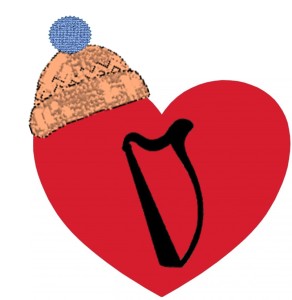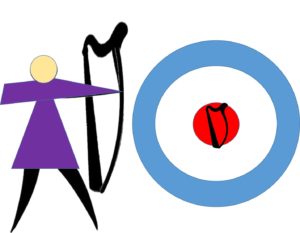I assume, if you’re reading this, that you have a harp and likely you love it very much – all the joy it brings to your life, the opportunity to share your gift with others, the just plain physical pleasure of playing. I think we would all say that our existence would be diminished without our harps.
So, the obvious question becomes, are you taking care of your harp? In this, the bleakest part of the year, you can’t be harp healthy enough!
It is winter – a time when the air is very cold and dry. Be sure to heat your house enough to keep your harp room warm enough. Don’t let it get below 55oF. Ok, that’s not so much for your harp as for you – below 55o you will not have enough feeling in your fingers to do the fine work of playing. You don’t have to keep it excessively warm but I do find that below 65o it’s a challenge to sit still long enough to get any practice in.
Whether you have electric, gas, or wood heat, the air is being dried – and that’s not good for the wood of your harp. If you get a shock every time you touch something, your house is too dry. Try to keep the humidity up between 45 – 55%. I suggest investing in a room hygrometer (inexpensive ones are available at your local ginormous hardware store) so that you will the humidity in your harp room. You can also invest in a humidifier – this could be anything from a pan of water (best if you have a wood stove), a small water fountain (best if you have the room for it), or a humidifier (best solution although the most expensive) for the room.
Take good care of your harp in winter so you can enjoy it year ‘round!



